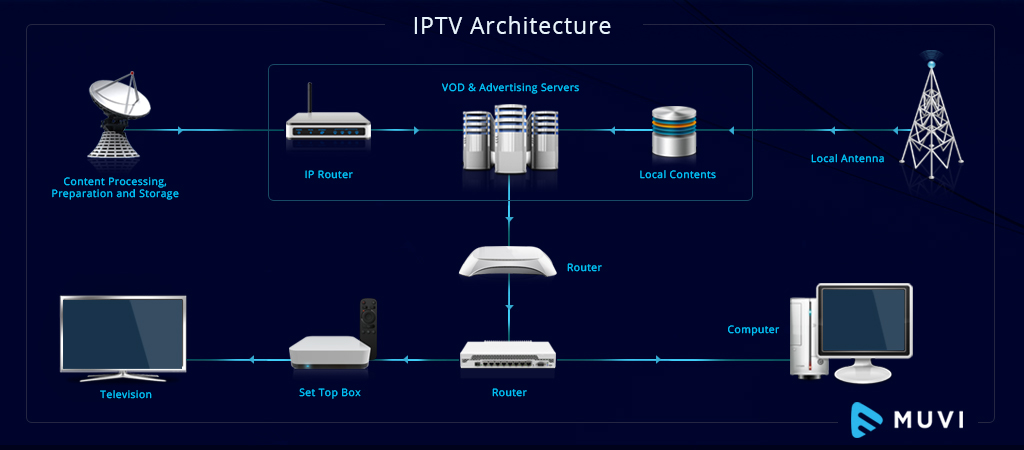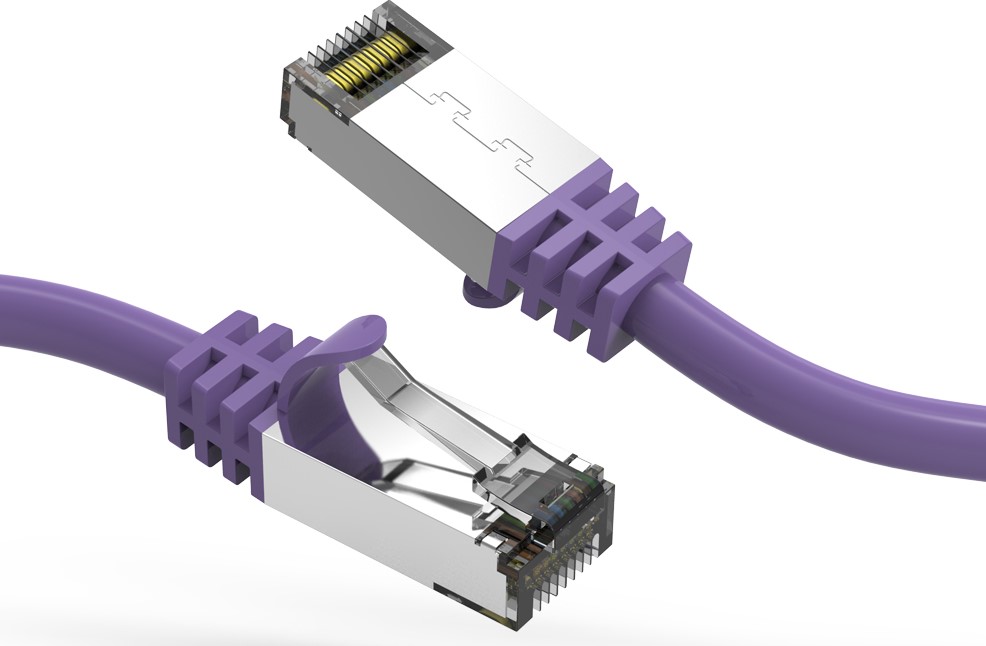As an audio enthusiast and industry veteran, I’ve seen firsthand how a properly set up power amplifier can transform a good sound system into a great one. Whether you’re a budding audiophile or a seasoned pro, mastering the art of power amp setup is crucial for achieving that crystal-clear, room-filling sound we all crave. In this comprehensive guide, I’ll walk you through the process step-by-step, sharing expert tips and insights I’ve gathered over years of working with cables and audio accessories.
Understanding Power Amps: The Heart of Your Audio System
Before we dive into the nitty-gritty of setup, let’s get a clear picture of what a power amp actually does. Think of it as the muscle of your audio setup – it takes the low-power signal from your source (like a CD player or mixer) and beefs it up to a level that can drive your speakers and fill the room with sound.
There are three main types of power amps you’ll encounter:
- Standalone Power Amps: These are the workhorses of large PA systems. They offer flexibility and can be easily scaled up for bigger setups.
- Powered Mixers: These all-in-one units combine a mixer and power amp, making them ideal for simpler setups where convenience is key.
- Powered Speakers: With built-in amplifiers designed specifically for the speaker, these minimize cabling and are great for portable systems.
Each type has its place, but for this guide, we’ll focus primarily on standalone power amps, as they offer the most flexibility and are commonly used in high-end home audio and professional setups.
Choosing the Right Power Amp: Size Matters
Selecting the right power amp is crucial – it’s not just about raw power, but finding the perfect match for your speakers and room size. Here’s what to consider:
- Speaker Compatibility: Look at your speakers’ power handling and impedance ratings. You’ll want an amp that can comfortably drive your speakers without risk of damage.
- Power Output: A good rule of thumb is to choose an amp with an output of 0.8 to 1.25 times your speaker’s rated power. This gives you headroom for dynamic peaks without overdriving the speakers.
- Impedance Matching: Ensure your amp can handle the impedance of your speakers. Mismatched impedance can lead to poor sound quality or even damage your equipment.
For example, pairing a Yamaha PX3 power amp (300W at 8 ohms) with Yamaha CBR10 passive speakers (350W, 8 ohms) would be a solid match. The amp provides enough power to drive the speakers effectively without risking overload.
Setting Up Your Power Amp: A Step-by-Step Guide
1. Positioning and Mounting
First things first – where are you going to put this beast? Proper placement is crucial for both performance and longevity.
- Rack Mounting: If you’re going the rack route, use rear supports for added stability. This distributes the weight evenly and prevents strain on the front panel.
- Surface Mounting: For tabletop or wall mounting, use the built-in brackets if available. Ensure the surface can support the amp’s weight and that there’s adequate ventilation.
- Ventilation is Key: Leave ample space around the amp for airflow. Blocked vents are the number one cause of amp failure I’ve seen in my career.
2. Making Connections: The Lifeblood of Your System
Now, let’s talk about hooking everything up. The quality of your connections can make or break your sound.
- Power Connection: Always use a grounded outlet and consider a power conditioner for cleaner power.
- Input Connections: For the cleanest signal, use balanced XLR or TRS cables from your preamp or mixer to the amp’s inputs.
- Speaker Connections: Use high-quality speaker cables with the appropriate gauge for your run length. Remember, thicker gauge (lower number) for longer runs.
- Cable Management: Keep your cables tidy and separated. Power cables should never run parallel to signal cables – this can introduce noise.
3. Gain Structuring: The Secret Sauce
Proper gain structuring is where the magic happens. It’s about setting the input sensitivity of your amp to match the output of your source, maximizing your signal-to-noise ratio.
- Start with all volume controls at minimum.
- Play a track at normal listening levels from your source.
- Slowly increase the amp’s input sensitivity until you reach your desired volume.
- Fine-tune using your preamp or mixer’s volume control.
Remember, the goal is to achieve your desired volume without maxing out either the source or the amp. This gives you headroom for dynamic peaks and keeps noise to a minimum.
4. Bridging: More Power, More Responsibility
Bridging an amp can nearly double its power output – great for driving a powerful subwoofer. However, it’s not without risks:
- Bridging halves the amp’s minimum impedance, so ensure your speakers can handle it.
- Not all amps are designed to be bridged. Always check the manual first.
- Use bridging judiciously – it’s not always necessary and can stress your equipment.
Optimization Tips: Elevating Your Sound
Maximizing Signal-to-Noise Ratio (SNR)
A high SNR means cleaner, more detailed sound. Here’s how to keep your signal pristine:
- Use balanced connections wherever possible.
- Keep cable runs as short as practical.
- Invest in high-quality, well-shielded cables.
- Set your gain structure correctly (as we discussed earlier).
Avoiding Common Pitfalls
In my years in the industry, I’ve seen plenty of avoidable mistakes. Here are the big ones to watch out for:
- Overheating: Regular cleaning of air filters and ensuring proper ventilation can prevent thermal shutdown.
- Moisture Exposure: Keep your amp away from damp areas. I once saw an expensive amp ruined by a spilled drink at a bar installation.
- Improper Mounting: Secure mounting prevents vibration and potential damage from falls.
- Cable Stress: Use proper cable management to prevent strain on connectors and potential short circuits.
- Overloading: Respect your amp’s limits. Pushing it too hard can lead to distortion and potential damage.
Conclusion: The Power of a Well-Set Up Amp
Setting up a power amp correctly is an art form that combines technical know-how with a keen ear. By following these guidelines, you’re well on your way to achieving audio nirvana. Remember, every system is unique, so don’t be afraid to experiment and fine-tune to your specific setup and preferences.
Always refer to your manufacturer’s guidelines, and when in doubt, consult with a professional. With practice and attention to detail, you’ll soon be enjoying sound quality that brings your music to life in ways you never thought possible.
Now, go forth and amplify with confidence!






0